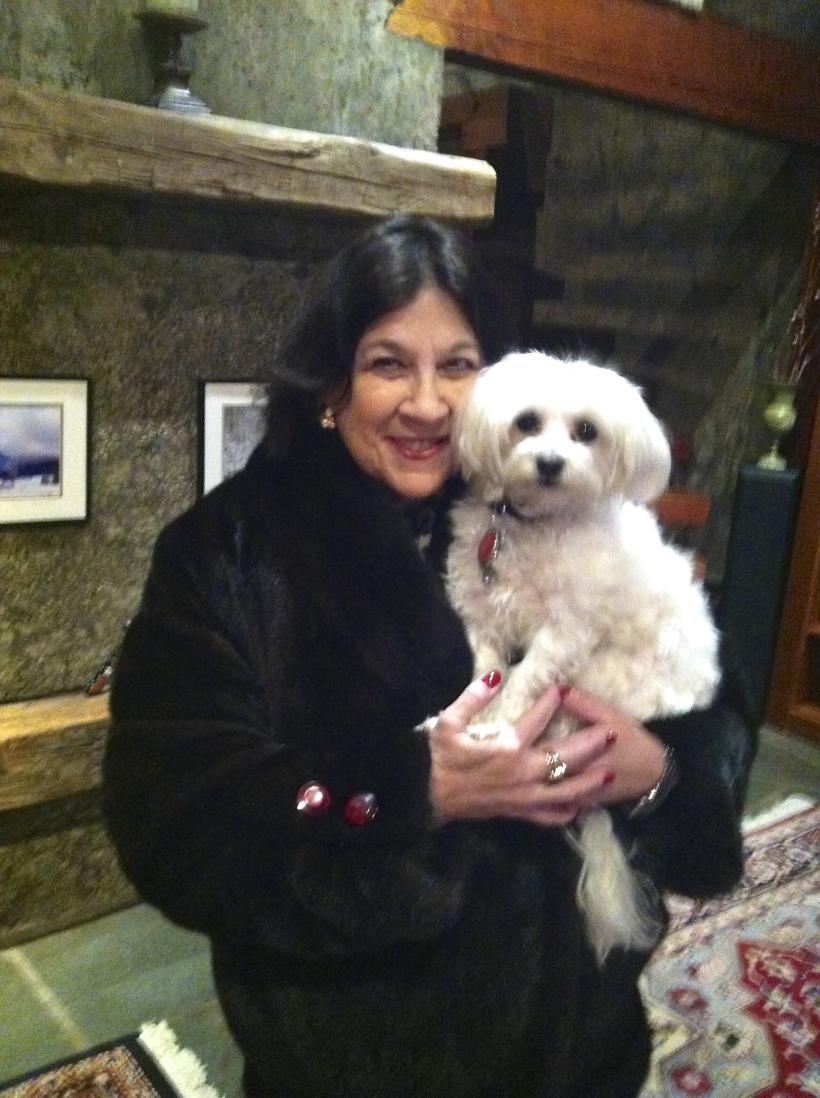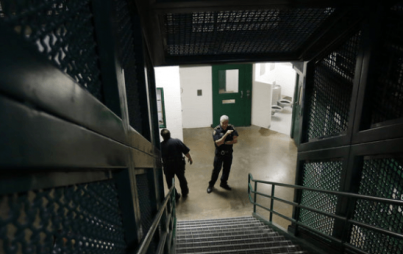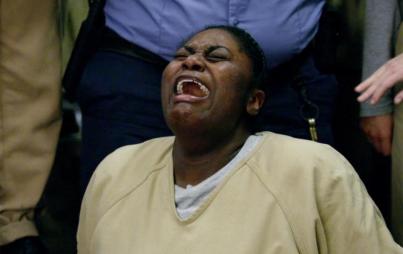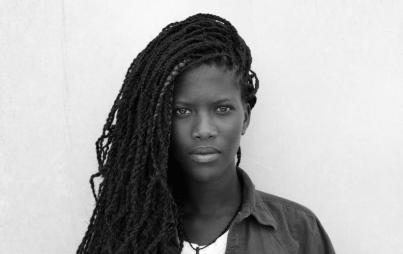
Evie Litwok, a former prisoner and current prison reform advocate and founder of www.exoffendernation.com, reached out to us after reading our Conversation series about women in prison. Have a perspective or experience you'd like to add to the discussion? Email our editors at ravishly@ravishly.com.
Being an “out queer person” was not only the subject of my arrest document, but also played a huge role in my incarceration at both Alderson Women’s Federal Prison in 2010 and Federal Correctional Institution, Tallahassee in 2013—and this aspect of my identity has always been used against me.
Seventeen years ago, I was arrested for tax evasion and mail fraud. A full 12 years later, I was tried and convicted, resulting in my incarceration in 2010. Months later, the Second Circuit Court of Appeals had my convictions reversed and ordered my release. In 2013, I was brought to trial a second time for one of the vacated counts, convicted—and incarcerated again. I was released in August, penniless and homeless, and am currently awaiting the decision of the Second Circuit Court of Appeals on my second conviction.
And my queerness has played a role throughout it all.
My ordeal began when the U.S. Attorney from the Eastern District of New York charged that my “live-in lesbian lover” had received money from me and that these funds were part of a scheme to evade taxes. This alleged “live-in lesbian lover” was the government’s key witness, who received immunity from prosecution. But she wasn't my lover. Nor did I ever live with her. But at the time of my arrest in 1997, the cultural and legislative climate was deeply homophobic: The Defense of Marriage Act had just been passed and Don’t Ask Don’t Tell was still resonating after its passing in 1993. Thus the strategy of the U.S. Attorney’s office was to use the “climate” of anti-LGBTQ legislation to put my lifestyle on trial, hoping the jury would convict an openly queer woman—and disregard the truth of the tax evasion allegations.
When I entered Alderson, a federal women's prison in West Virginia, I was 59 years old. I had been "out" for nearly four decades. "Inmate dot com," the new-school version of telephone, and the primary source of both good and bad information in prison—worked almost instantaneously to let inmates know I self-identified as a lesbian.
It took literally less than five minutes after my arrival in the unit for inmates to spread the word.
Prior to entering prison, I had not been involved with a woman for more than a decade. I hadn’t wanted to include or expose anyone to the horrors of my case; I entered prison as a decidedly “inactive lesbian.” This, too, was widely disclosed via "Inmate dot com."
So it came as a shock to me when Ms. Rees, a white and very racist manager for the orientation unit (the first sleeping space for all new inmates), called me into her office for a conversation. I sat across her having no clue as to why I was called in for a meeting fewer than 10 days after my arrival.
“It’s come to my attention you are an open lesbian Ms. Litwok,” she said.
“Yes, that's accurate . . . it's as accurate as me referring to myself as a woman or a Jew,” I added.
“It has also been reported to me by several women that you have touched their buttocks,” she continued.
I was a cross between outraged and crazed. Being accused of something I didn’t do was why I was in prison; being accused of touching strangers was a lie I just couldn't bear to hear.
With complete disregard for the well-respected principal of staying under the radar and doing no harm to yourself, I practically lunged across the table at Ms. Rees as she continued to suggest I was a predator who randomly and physically touched women in my unit. In her racist and clearly homophobic mind, lesbians were natural predators and she had it out for me.
I looked at her totally enraged and said:
“Bring those women in here now. I want to see and meet these women I supposedly touched. Because I have not been involved with ANY woman for more than a decide and if you think I would come to prison and start doing something I didn’t even do on the outside you are crazy!”
Ms. Rees knew how angry I was and she didn’t care or believe a word I said; she had already made up her mind. She didn't want a queer person in her lily white unit—and she had the authority to move me. So, within just a few hours, that's exactly what she did—into a loud unit referred to as "the ghetto." It was her way of punishing me for being queer.
In a federal prison camp, correctional officers answer to no one but each other.
The Patriot Act, which purports to protect us from terrorists, is used by the Bureau of Prisons to make policy. Under the guise of addressing “security risks,” the officers throw women into Special Housing Units—which often means solitary confinement—where women can be locked up for months. Officers also transfer women as it suits them and revoke women's rights to have visits, email or phone use. Officers utilize the term "security" to make a whole host of decisions—even if those decisions have nothing to do with security at all.
Queer women are often the target of these “security witch hunts.”
The number of queer women punished in federal prison is significant. I was moved multiple times under the guise of "security"—the code for transferring a lesbian. Others, who were in real relationships, were often separated and sent to different prisons. Straight women, who played house and pretended to be in relationships—commonly referred to as “gay for the stay”—rarely experienced such transfers. Prisons' notion for what constitutes a security risk is not the “gay for the stay” girls, but queer couples and individual lesbians.
My punishment was a direct result of my being open about my lifestyle and daring to Live Out Loud in their correctional officer faces. This posture in prison, a place that has nothing to do with the free world, is a dangerous one as guards have ultimate control. Prison and prison staff remind you of this constantly, your no longer belonging to the “free world.”
And they do what they want to you, because THEY CAN.







